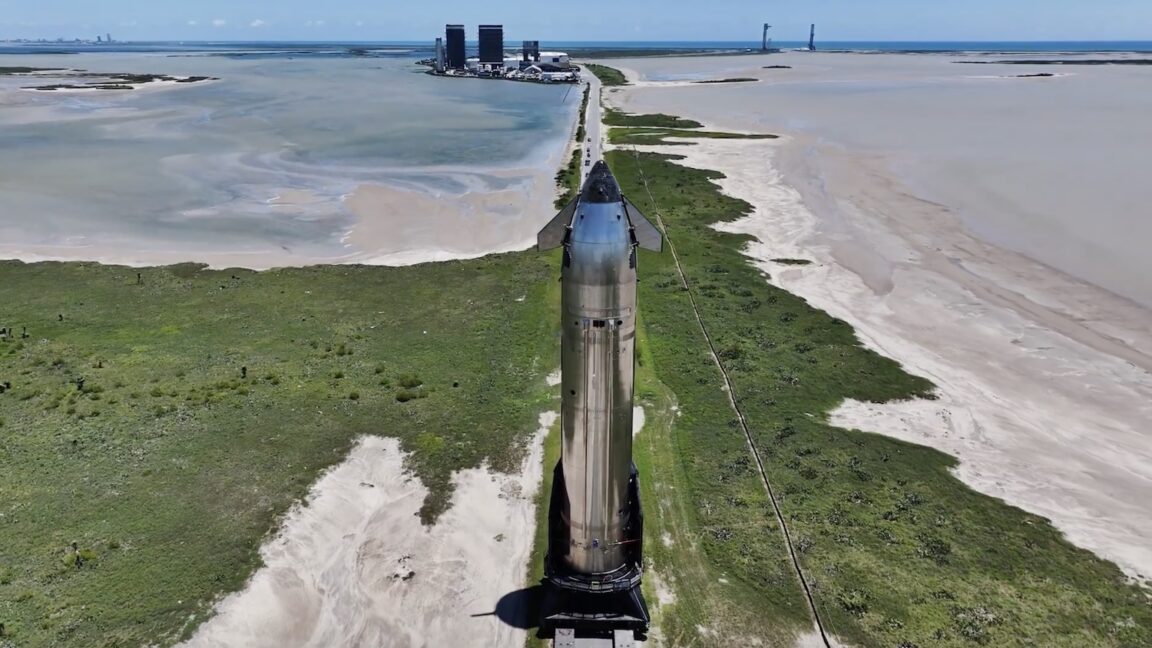FAA Approves SpaceX's Starship Flight 9 Amid Safety Concerns
The FAA has authorized SpaceX to conduct its ninth Starship test flight, expanding hazard areas due to previous failures and ensuring public safety.
Subscribe to unlock this story
We really don't like cutting you off, but you've reached your monthly limit. At just $5/month, subscriptions are how we keep this project going. Start your free 7-day trial today!
Get StartedHave an account? Sign in
Overview
The FAA has cleared SpaceX for its ninth Starship test flight, following two explosive failures earlier this year. The agency expanded hazard zones to ensure public safety, affecting air traffic significantly. SpaceX aims to test improvements in the Starship's design, including its heat shield and booster reuse. The upcoming launch is crucial for SpaceX's ambitions to support NASA's lunar missions and future Mars exploration. The FAA's approval reflects a rigorous safety review, allowing SpaceX to increase its launch frequency from five to 25 per year.
Report issue

Read both sides in 5 minutes each day
Analysis
- The articles present a balanced view of SpaceX's Starship, acknowledging past failures while highlighting FAA's approval for future tests.
- Cautious optimism is conveyed about advancements in the Starship program and the importance of safety measures during launches.
- The potential benefits of the Starship system for future missions and satellite launches are emphasized, reflecting a positive outlook.
Articles (3)
Center (2)
FAQ
Starship Flight 8 was notable for the explosion of the upper stage, which occurred less than 10 minutes after liftoff. This incident led to debris falling over The Bahamas, prompting the FAA to conduct a thorough investigation and review before approving subsequent flights.
The FAA approves SpaceX's launch license modifications by ensuring compliance with safety, risk, policy, payload requirements, and financial responsibility. The agency conducts environmental assessments and reviews mishap reports to ensure public safety before granting approvals.
Increasing the number of Starship launches from five to 25 per year would significantly boost SpaceX's operational capacity, supporting more frequent missions and potentially accelerating SpaceX's ambitions for lunar and Mars exploration.
History
- This story does not have any previous versions.


